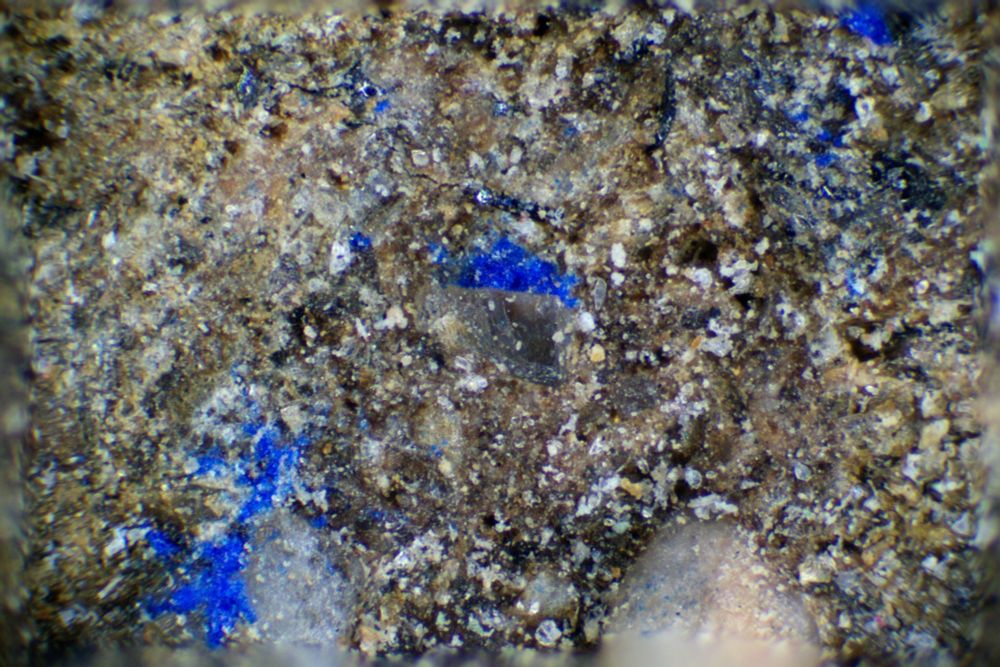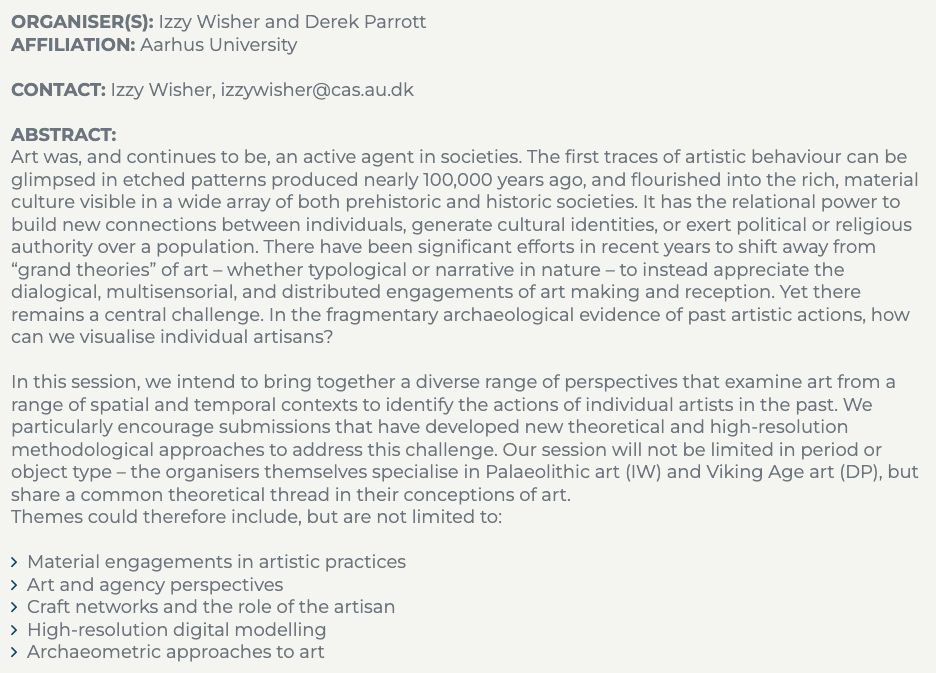Dr Izzy Wisher
@izzywisher.bsky.social
3.7K followers
480 following
110 posts
Cave art expert and cognitive archaeologist. Currently a postdoc on the ERC project eSYMb: The Evolution of Early Symbolic Behaviour at Aarhus University. 🇬🇧 in 🇩🇰.
Posts
Media
Videos
Starter Packs
Pinned
Reposted by Dr Izzy Wisher
Reposted by Dr Izzy Wisher
Reposted by Dr Izzy Wisher
Dan Hicks
@profdanhicks.bsky.social
· Sep 3
Reposted by Dr Izzy Wisher
Dr Izzy Wisher
@izzywisher.bsky.social
· Jul 25
Dr Izzy Wisher
@izzywisher.bsky.social
· Jul 25
Reposted by Dr Izzy Wisher
















